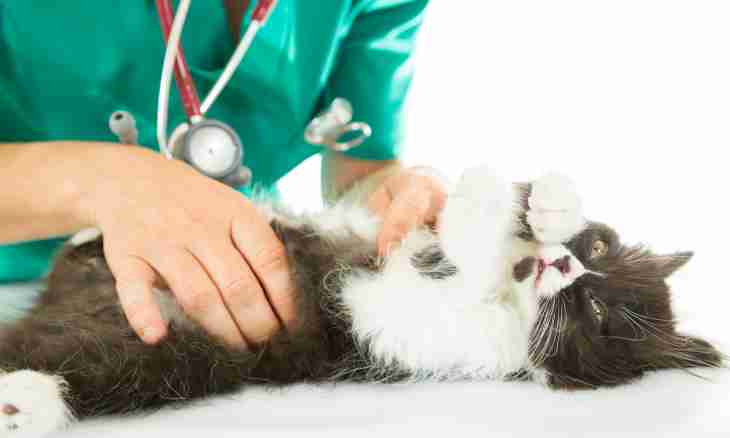Sometimes owners of cats should face neurologic diseases of the wards. One of types of such diseases is epilepsy. Epilepsy is the disease of a brain which is followed by spasms and convulsions. Owners of animals should remember that what will begin treatment earlier, especially effective it will appear.
Instruction
1. Find out the reason epilepsiisledut to consider that there are two types of epileptic seizures. Epilepsy can be primary or secondary. Primary (idiopathic) epilepsy, as a rule, is caused by genetic changes in an organismof cats. Secondary (symptomatic) usually is a symptom of other diseases which are available for an animal. Also secondary epilepsy can result from a craniocereberal trauma.
2. For identification of the causes of epileptic seizures it is necessary to address to veterinary clinic and to make tests and also to pass special tests. At detection of symptomatic epilepsy it is necessary to carry out treatment of the main disease. After that epileptic seizures have to stop. At the diagnosis "the idiopathic epilepsy" an animal requires the increased care and constant observation.
3. If epileptic seizures happen to an animal rather often - it is necessary to begin treatment. Treatment of epilepsy consists in use of special anticonvulsant medicines and also vitamins and minerals for improvement of brain blood circulation. It is necessary to consider that doses of medicines have to be selected individually, on the basis of results of analyses and taking into account the general condition of an animal. The veterinarian of the corresponding specialization has to appoint a course of treatment. It is necessary to know that the anti-convulsive drugs need to be taken strictly according to the scheme appointed by the doctor. Violations of the scheme of administration of drugs can provoke new, heavier attacks.
4. Watch an animal carefully. At approach of an attack place a cat in the darkened warm room. At an opportunity impose with pillows. It is not necessary to unclench violently jaws of a cat during an attack if she does not choke.
5. Get a special notebook and regularly write down all data on attacks there - date, time, duration, a condition of an animal. Annually you carry out full survey of an animal.
6. Try to feed a cat with the special sterns developed for animals with a similar disease. Try to protect a cat from stresses. The correct leaving can reduce duration of attacks and reduce their frequency.

